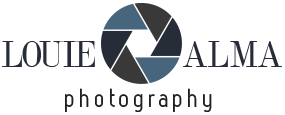I tried ‘decluttering like a tourist’ and it is one of the best decluttering methods for breaking through decision fatigue I’ve tried
It will make you see your home in a different light
 REAL ESTATE
REAL ESTATE
 REAL ESTATE
REAL ESTATE
 REAL ESTATE
REAL ESTATE
 REAL ESTATE
REAL ESTATE
 REAL ESTATE
REAL ESTATE
 EVENT
EVENT
 LANDSCAPE
LANDSCAPE
 LANDSCAPE
LANDSCAPE
 CONCERT
CONCERT
 LANDSCAPE
LANDSCAPE
 TRAVEL
TRAVEL
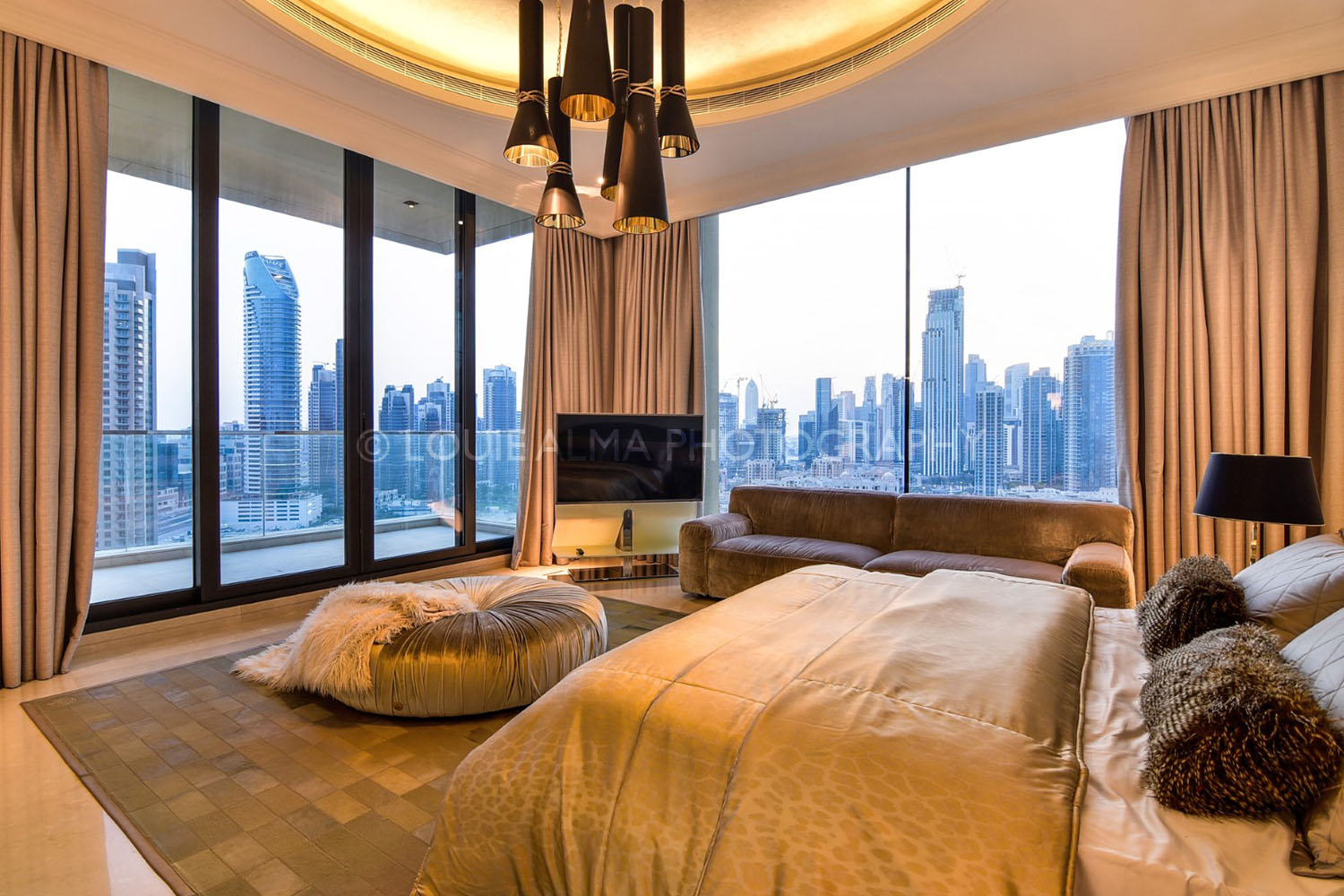
REAL ESTATE
Residential, Commercial, Interiors
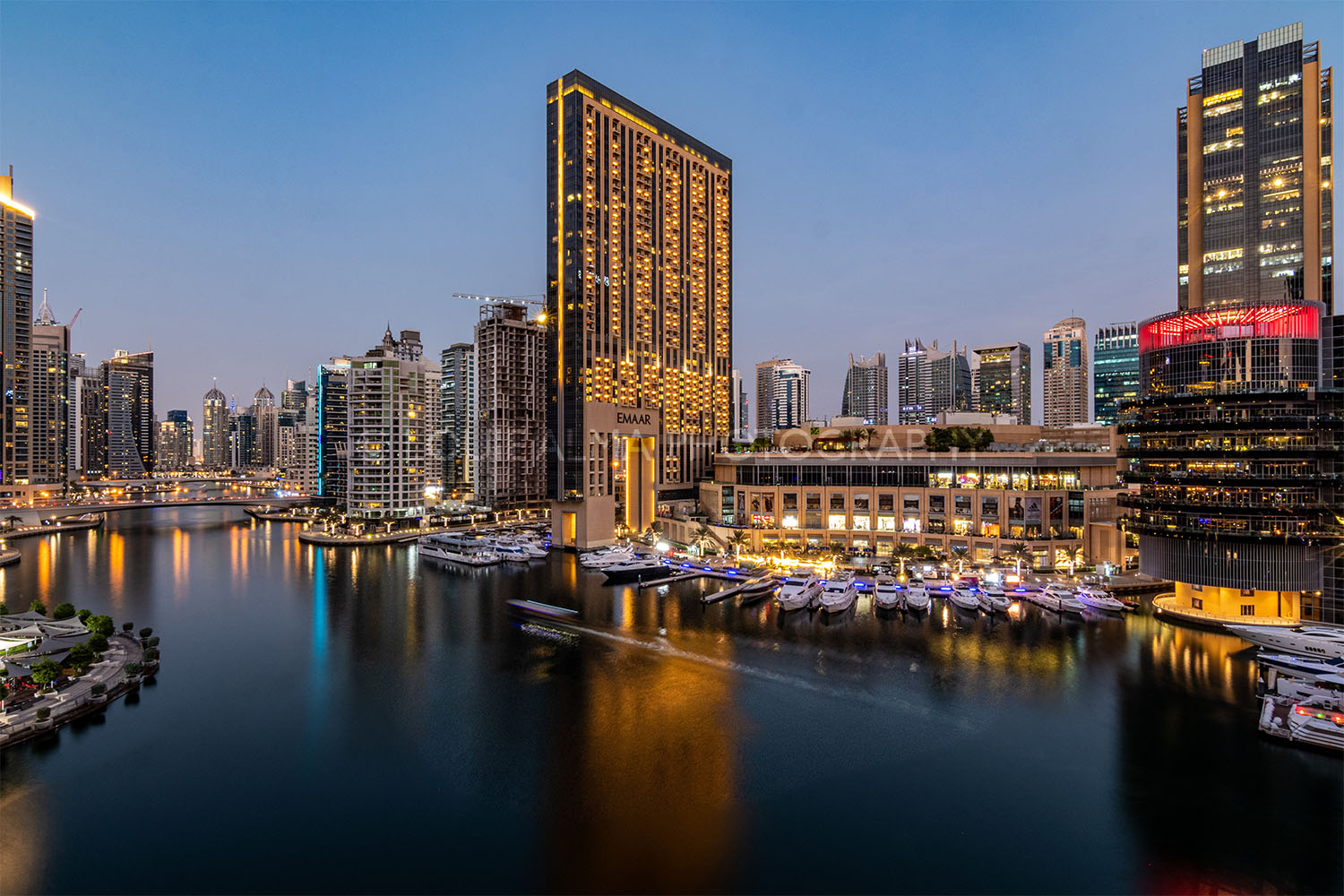
LANDSCAPE
Landmarks, Cityscape, Urban, Architectural

FOOD
Hotels, Restaurants, Advertising, Editorial

PORTRAIT
Traditional, Glamour, Lifestyle, Candid
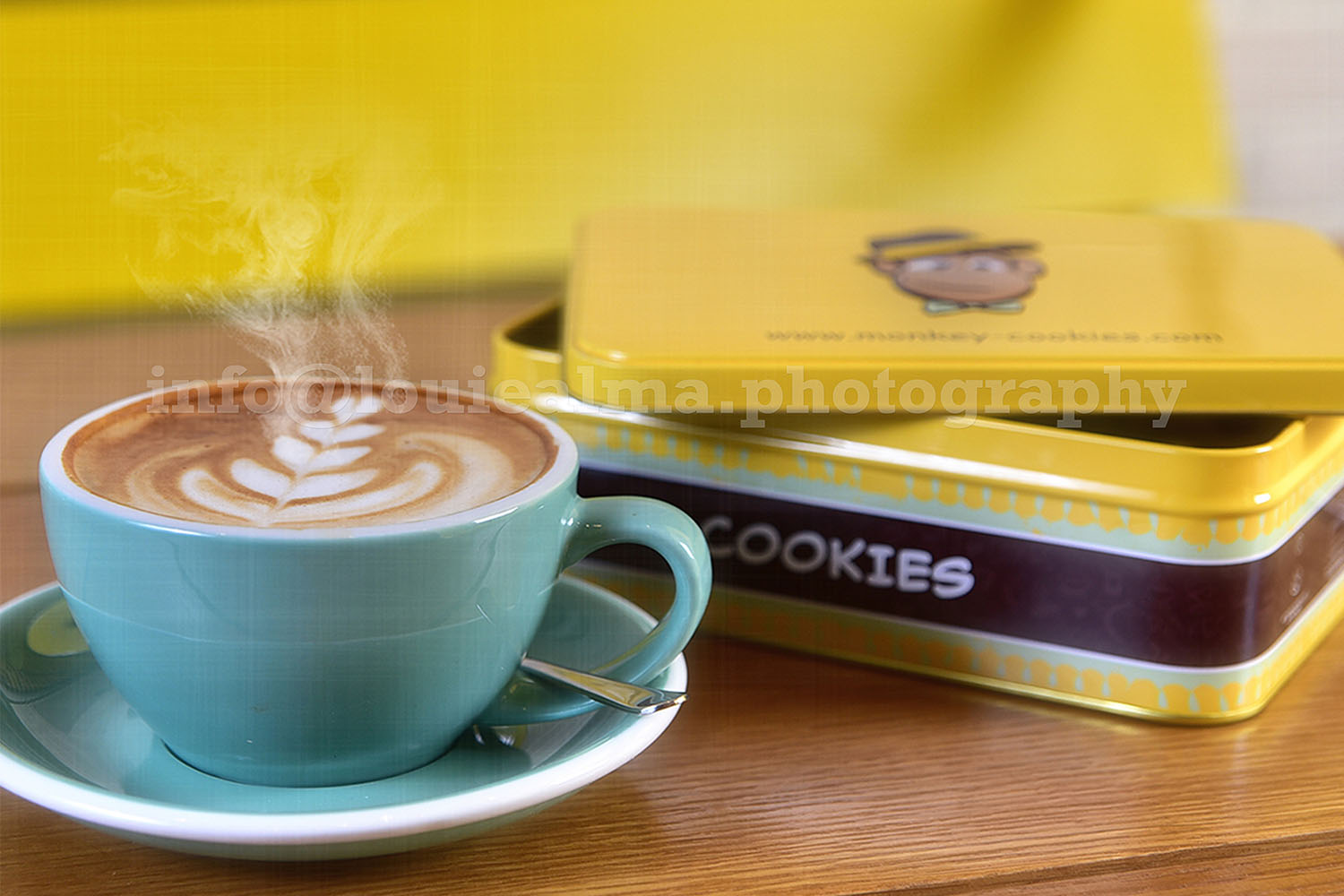
PRODUCT
Studio, Lifestyle, Grouping

EVENT
Conference, Exhibition, Corporate
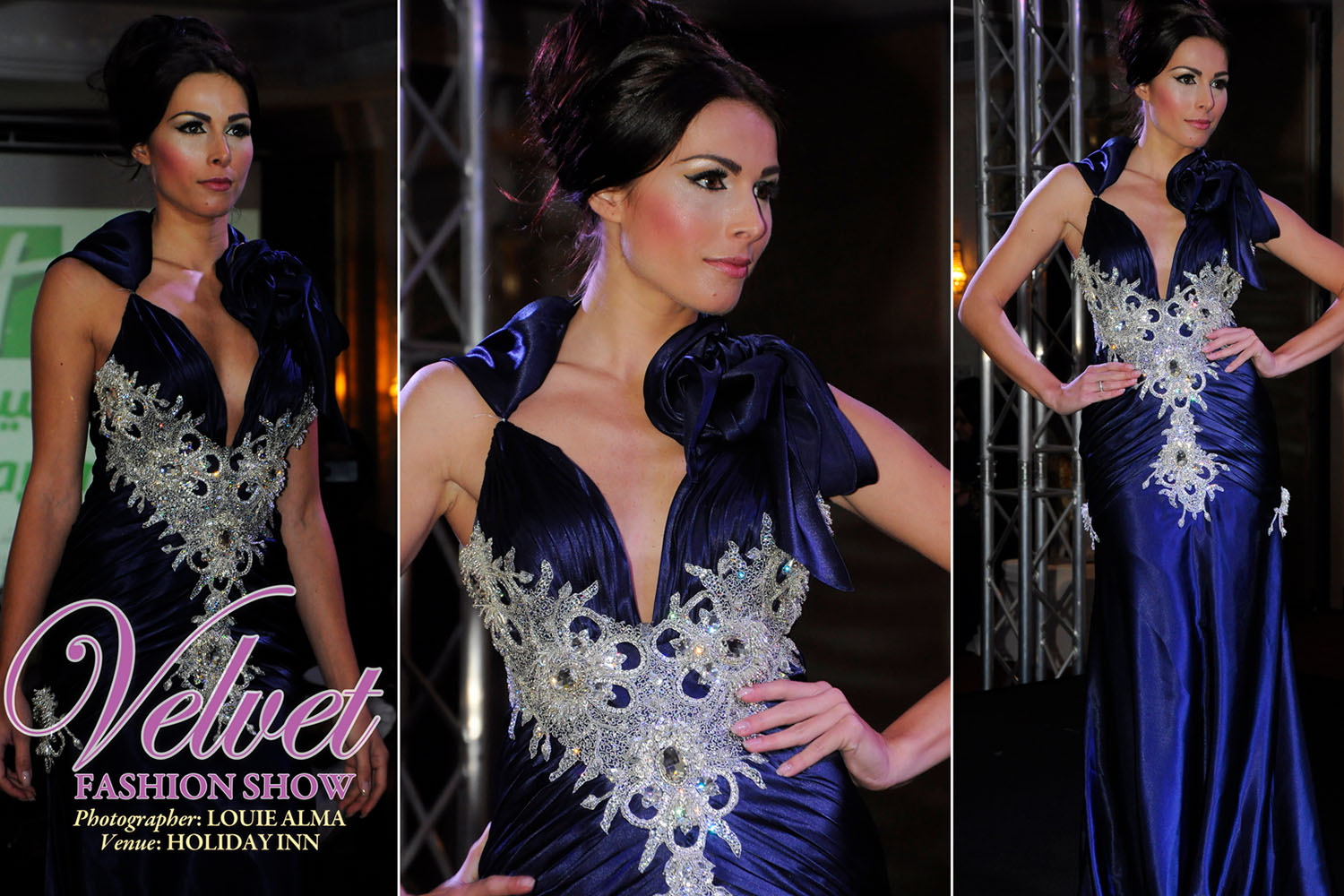
FASHION
Portrait, Catalog, Editorial, Street
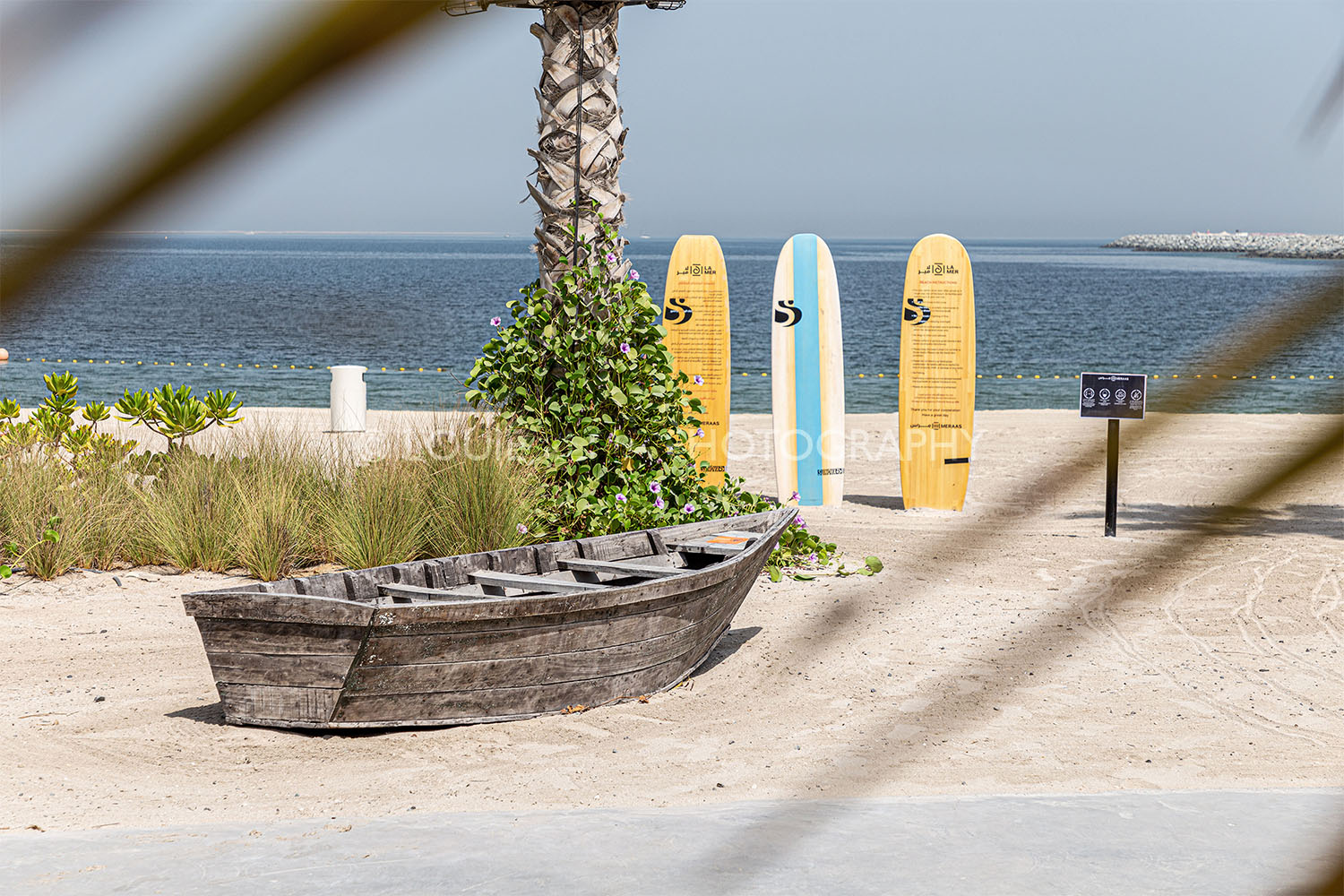
TRAVEL
Landscape, Cityscape, Documentary
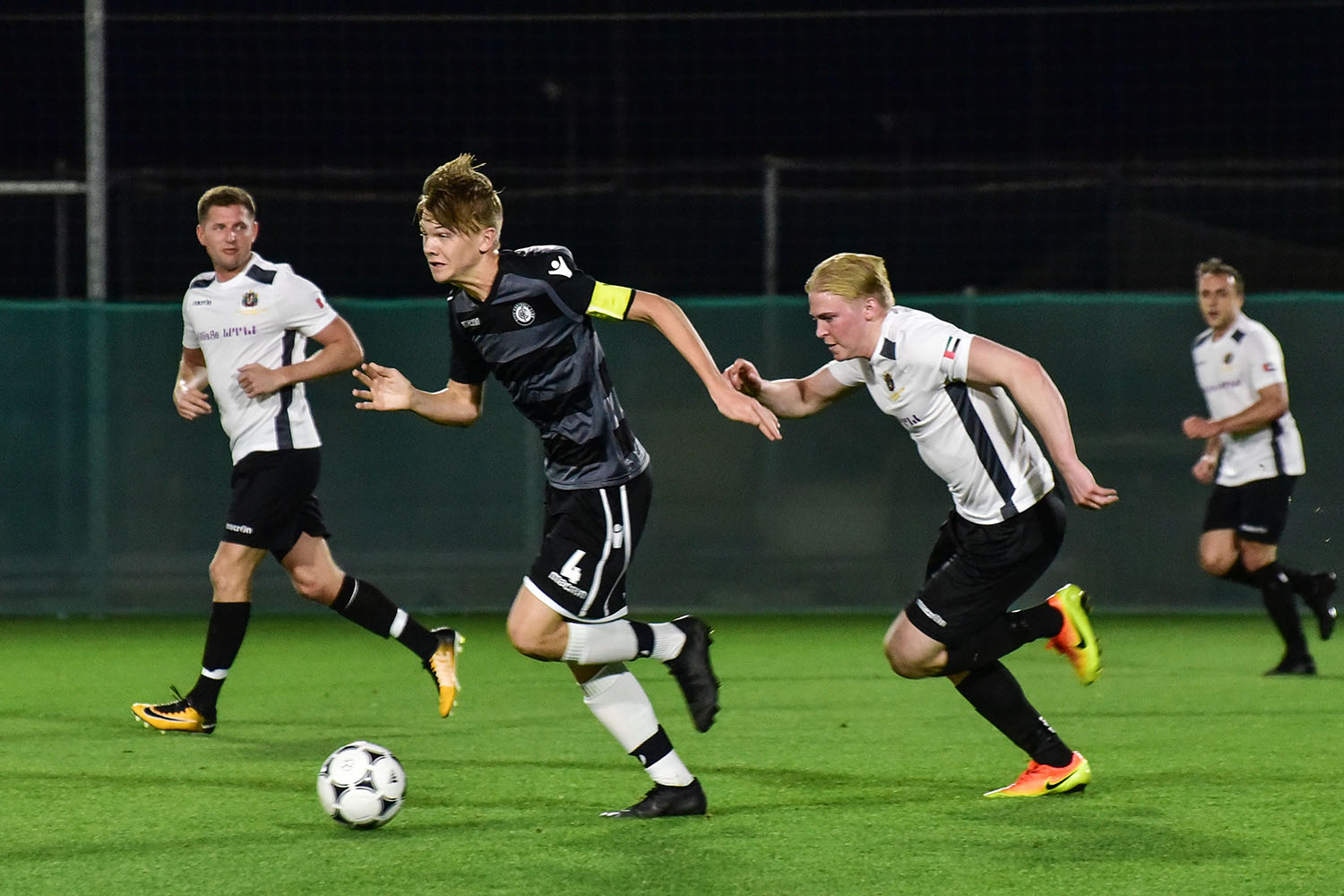
SPORT
Basketball, Football, Golf

CONCERT
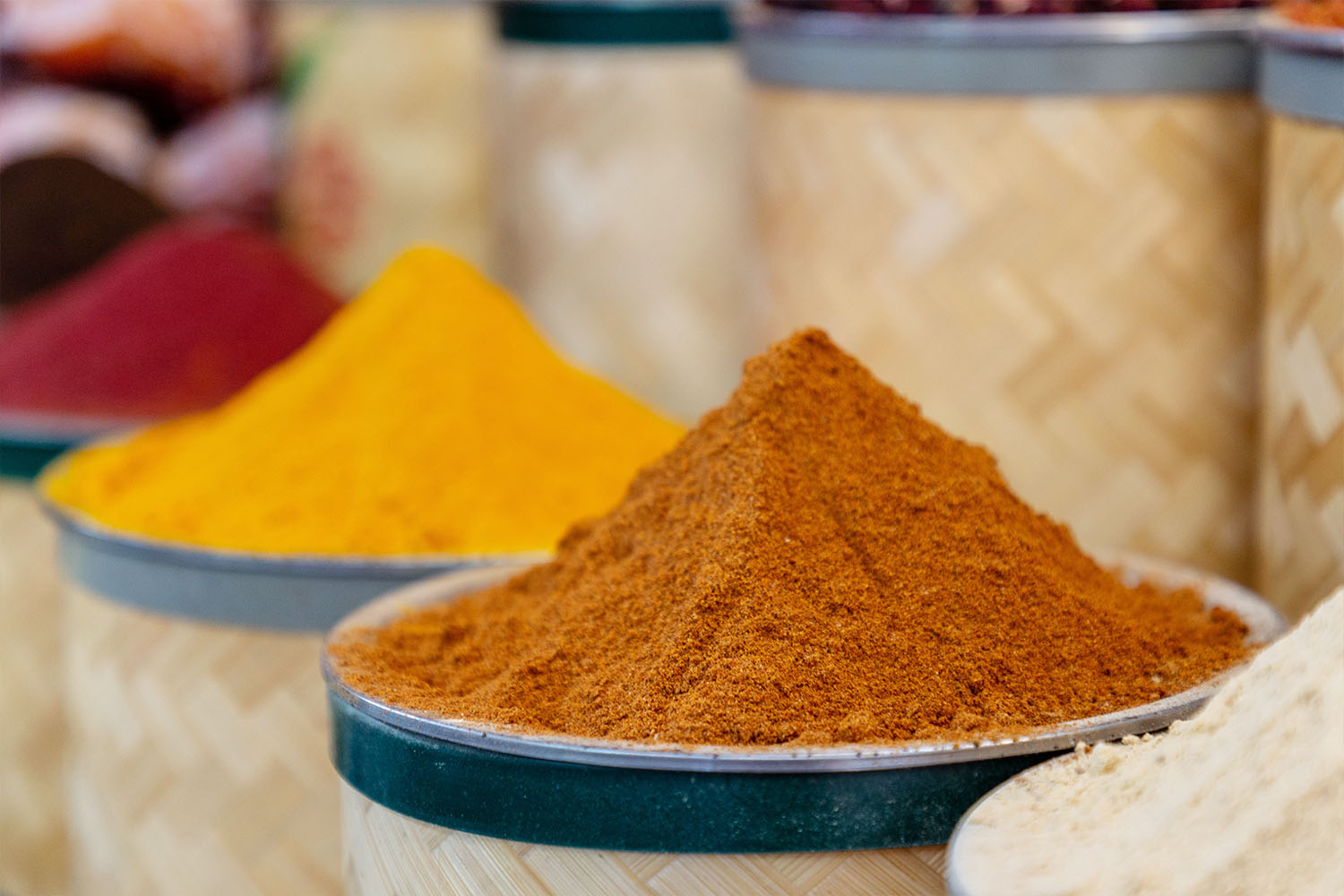
STILL
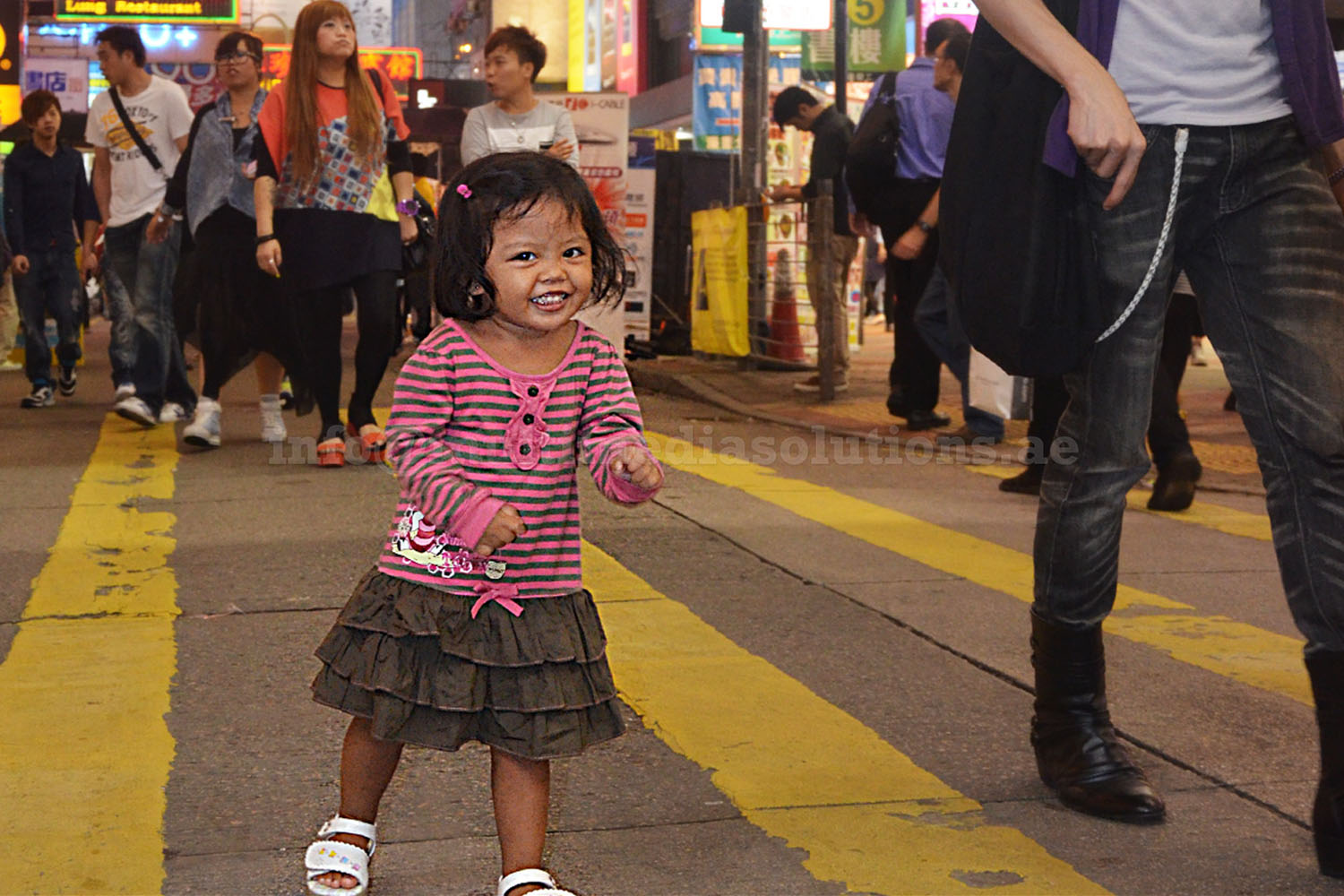
STREET
Dull, flat landscape photos will be a thing of the past if you take advantage of the color-contrast techniques described in today’s transformative Lightroom tutorial from the popular PHLOG Photography YouTube channel that’s guaranteed to “make your images POP!”
Instructor Christian Mohrle is a notable German landscape photographer and post-processing specialist who is very adept at simplifying seeming complicated Lightroom tasks. As always, you can follow along by downloading his demonstration image with a link in the description beneath the video.
The shot is a nicely composed landscape scene with imposing mountains in the distance and a sublime alpine lake in the foreground—all beneath a clear blue sky. The image lacks impact, despite Mohrle’s perfect framing, but watch what happens when color contrast adjustments come to the rescue.

Mohrle prefers to begin his edits with a few global adjustments to prepare an image for selective color grading and masking enhancements that follow. The first step here is using Lightroom’s healing tool to remove ugly sensors spots that detract from the photo. He then opens the Basic panel and changes the profile to Adobe Landscape which boosts saturation and facilitates the “super vibrant” effect he has in mind.
Other basic adjustments involve cutting exposure in both highlights and shadows, increasing whites and blacks, slightly raising overall contrast, and modifying white balance in a way that retains realistic blues in the sky while making the alpenglow on the mountains more visible. He also boosts clarity and texture for a sharper effect.
Now that the original shot is significantly improved it’s time to dive into selective adjustments to separate areas within the frame. Mohrle does this with several well-placed masks and he walks you through the simple steps required.
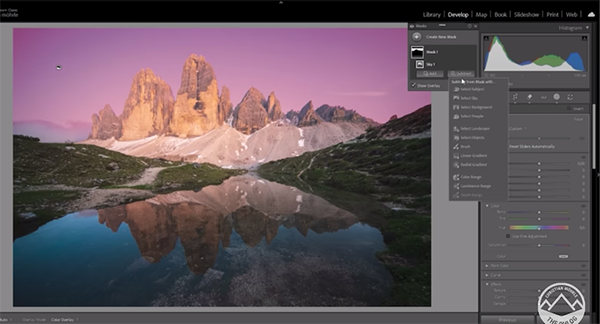
All that’s left to complete the impressive transformation is a bit of final color grading and very careful sharpening. Take a look at Mohrle’s before/after examples and you’ll be very convinced of how this workflow can save the day.
We also recommend watching the earlier tutorial we featured with another post-processing expert who demonstrates a straightforward Photoshop workflow for restoring old, damaged photographs with scratches, dusts spots, and faded colors.
Most of you are hopefully using the camera’s familiar Luminance histogram to fine-tune exposure, especially when shooting under difficult lighting situations. But are you aware that some modern mirrorless cameras offer the option to select an RGB histogram instead? This tutorial from Adorama TV will quickly bring you up to speed so that you’ll understand which tool to use when.
Instructor David Bergman is a versatile NY-based pro who shoots everything from celebrity portraits and sports, to live concert and event photography. This episode was prompted by a question posted to his unique Ask David Bergman website where anyone can request advice on common photography challenges and techniques.
Today’s succinct three-point question from a fan goes like this: “I’ve seen the option to shoot with an RGB histogram. How does this differ from a Luminance histogram? Why should I use it, and are there any downsides?”
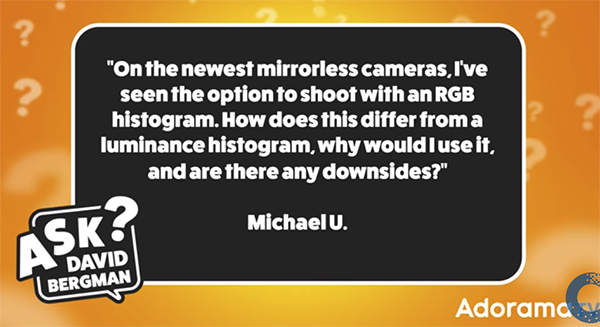
Bergman’s detailed 11-minute response delves into these concerns and more so that you’ll be confident about the relying upon the RGB histogram when it’s the most valuable choice. He provides a quick overview of histograms in general and describes the key implications when shooting in Jpeg or Raw.
You’ll also learn the powerful advantages of the RGB histogram, with its red, green and blue-colored lines, along with a few downsides that are worthy of consideration. Here’s a quick explanation for those who’ve completely ignored a camera’s histogram: “It’s just a graph showing the distribution of brightness levels in an image.”
The left edge represents solid black without detail, the right edge does the same for the whites, with a full range of tones in between the two sides. That’s about all many photographers know if the Luminance histogram is the only option they’ve explored.
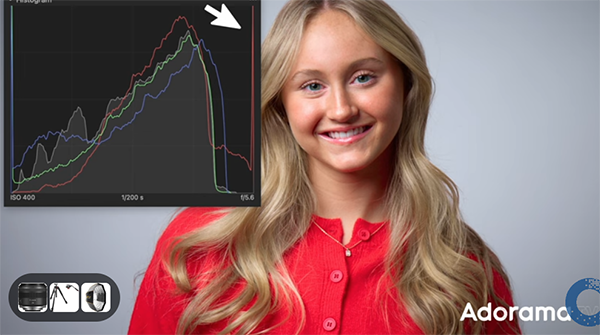
If you’re lucky enough to own a camera that also offers a RGB histogram, you’ll learn exactly how to use it (and when to avoid it) as this essential lesson proceeds. Then take a look at the interesting Ask David Bergman website where you can pose questions of your own and view the entire archive of insightful replies.
And don’t miss another important primer we posted for those of you who don’t understand how a camera’s different Shutter mode settings affect the photographs you shoot.
Many photographers believe that high ISO camera settings are the root cause of photos with unsightly noise, so don’t feel too bad if you suffer from this familiar misconception. Instructor Mark Dumbleton explains why “that’s not entirely true” and addresses what he insists are the real culprits.
Dumbleton is a successful South African wildlife photographer whose popular YouTube channel is devoted to camera techniques and editing tutorials for inexperienced photographers. This 10-minute episode is super simple because he only relies upon a minimum of technical details to explain the concept of noise while comparing the implications of high ISO to other key considerations that some photographers ignore.
The video kicks off with the following statement about the relationship between ISO and noise: “It’s one of most misunderstood ideas in photography and in this video I’m going to prove it and show you what actually causes the problem.” He also provides some great advice for capturing clean images in low light, when it’s often necessary to bump up ISO values to get the light right.

Dumbleton says the misunderstanding often begins with the Exposure Triangle that’s frequently used to determine images with a perfect balance of shutter speed, aperture, and ISO. But here’s the problem with this seemingly simple guide: “ISO is always explained as something that controls brightness. This may make sense on the surface, but it’s misleading”
It helps to think of exposure as the amount of light that reaches your camera’s sensor, and Dumbleton explains that this is controlled by two variables (not three); namely, aperture and shutter speed. “Wide apertures let in more light, while fast shutter speeds only permits a quick burst of light to hit the sensor.” Small apertures and slow shutter speeds do the opposite.
Then comes ISO, and Dumbleton says this is where most people get things wrong: As he says, “ISO controls how much the camera amplifies the captured light signal. So when you raise ISO you’re not capturing more light.”
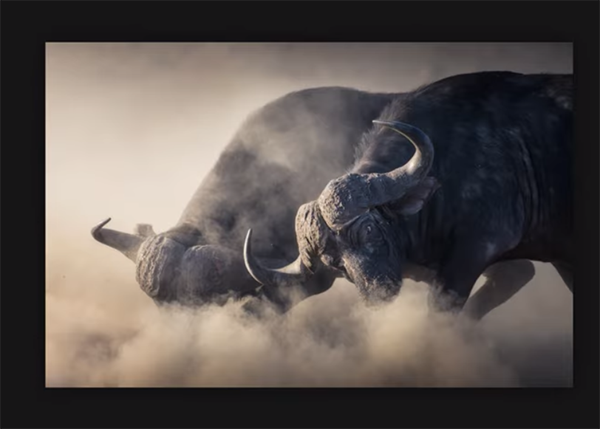
The remainder of this eye-opening lesson is devoted to practical implcations of the foregoing explanations and will likely change your approach to exposure in the future. You can find other valuable how-videos like this one on Dumbleton’s instructional YouTube channel.
And be sure not to miss the tutorial we featured with another experienced wildlife photographer who provides a comprehensive beginners guide to bird photography with simple gear—covering everything from camera settings and composition tips to easily mastered shooting techniques.
